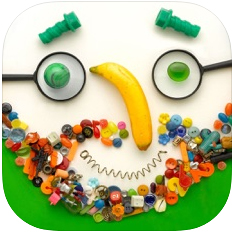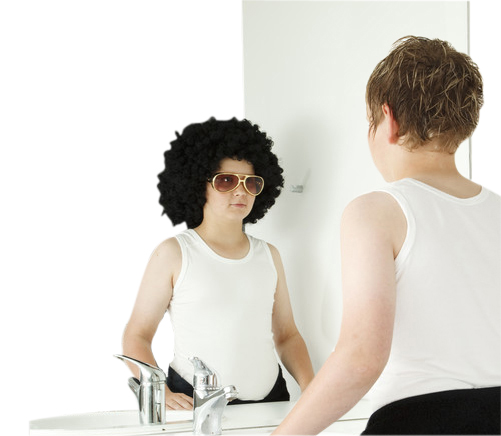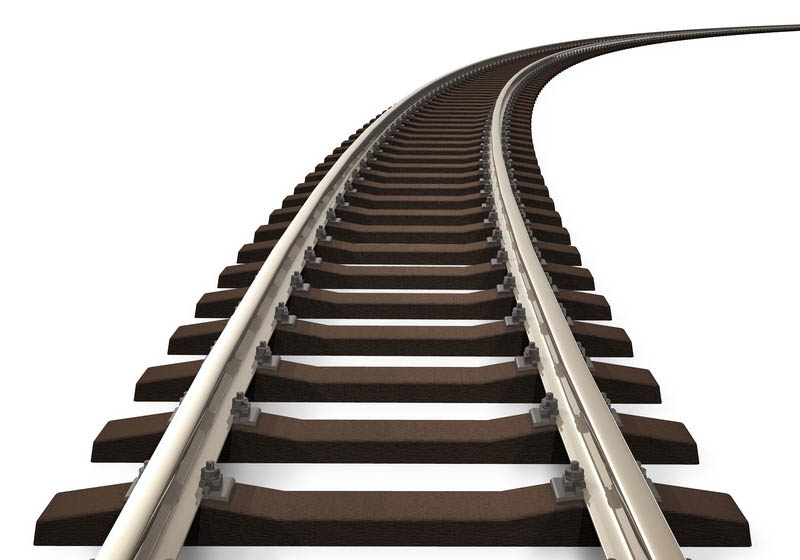Literacy Retreat 2012
SECRET SITE
Unlocking the Meaning Behind Figurative Language
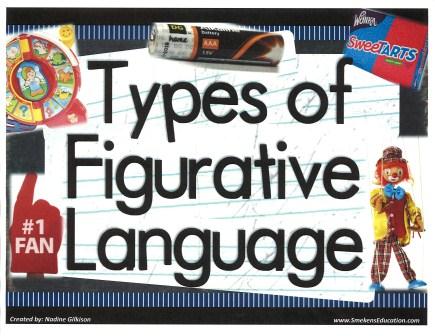
Onomatopoeia
Comic Strips: Print off a PDF of the 4-frame comic strip or use the SmartBoard version to create an interactive comic strip with your entire class.
App-tastic: If you’re using apps in your classroom, check out the Strip Designer app that allows students to create their own comic strips. Then they can add onomatopoeia to their comic strips.
Actions List: Provide students with an action list and then have them fill in the corresponding onomatopoeia. Available in a PDF or SmartBoard version.
Visit MixKit for free downloadable sound bytes.
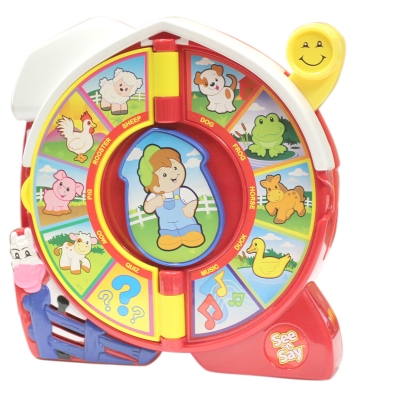
Alliteration
Tongue Twisters: Try out some tongue twisters like She Sells Seashells and Other Tricky Tongue Twisters.
Smekens Archive:
- The Year-End Awards idea is highlighted in a short article in the Learning Center.
ABC Chart Alliteration: Download an ABC Chart as a PDF to brainstorm alliteration one letter at a time.

Simile
Understanding Comparisons: Read comparative texts to provide primary students with a foundation for similes and metaphors.
- Pig Pigger Piggest, Rick Walton
- Things that are most in the world, Judi Barrett
- Hottest Coldest Highest Deepest, Steve Jenkins
My Family is Like…Using the books by Hanoch Piven students can create their own simile books about their families.
- My Dog is as Smelly as Dirty Socks
- What Presidents are Made Of
- My Best Friend is as Sharp as a Pencil

Try out a fun app called Faces iMake to let your students make illustrations to go with their family books.
Show students how to describe themselves in similes with this mini-lesson (PDF). Use the student handout of examples from My Dog is as Smelly as Dirty Socks that includes a page for them to list their own similes. Access the Parent Letter and Teacher Tips for this fun unit. See examples of Student Simile Faces from Nadine Gilkison’s classroom.
Avoiding Precise Comparisons: Enjoy the humor of the Simile/Analogy listing from the 1999 Washington Post humor contest. Visit the contest site’s PDF of all the entries.
Informational Text Comparisons: Look for examples of similes in information text, too. Here’s a list of recommended texts:
- Animals in Black and White, Phyllis Limbacher Tildes
- Animals in Camouflage, Phyllis Limbacher Tildes
- Bat Loves the Night, Nicola Davies
- From Seed to Plant, Gail Gibbons
- Into the Sea, Brenda Z. Guiberson
- Over and Under the Snow, Kate Messner
- Real Kids, Real Stories, Real Change, Garth Sundem
- Walk With a Wolf, Janni Howker
Metaphor
5-Senses List: Play with the 5 senses as primary students continue to build understanding of comparisons. This work prepares them to understand similes and metaphors. Download a PDF or SmartBoard version of the 5-Senses handout.
Concept Metaphors: To make content-area concepts clearer, consider using metaphors.
- Metaphors & Analogies: Power Tools for Teaching Any Subject, Rick Wormeli
Idiom
Professional Books:
- Dictionary of Idioms, Scholastic
- Idioms and Other English Expressions: Grades 1-3 and 4-6, Timothy Rasinski
Smekens Archive: Check out the idiom costume party idea!
Website Resources:
- Flocabulary includes a rap about idioms with the lyrics listed below. Click on an idiomatic phrase for a pop-up definition.
- Funbrain offers a way to “paint an idiom” by choosing the correct explanation for each idiom shown, a picture is painted.
- With more than 3600 idioms and expressions in alpha order, the Using English site offers support for students in a quick-click format.
- The Idiom Connection includes quizzes with a literal word or phrase in a sentence and asks students to then identify the idiom that fits.
App-tastic:
- While reading, students can check on the meaning behind certain expressions with the Idioms app.
Idiom Book: Use the PDF or SmartBoard version to create idiom books.
Adage/Proverb
Website Resources:
- For a list of proverbs and words of wisdom, visit this Wikipedia article.
- To look up the meaning behind common proverbs (and much more), visit English Daily 626.
- Enchanted Learning offers downloadable cloze passages to help students choose the right proverb to fill in the blank.
- Murphy’s Laws are on a website! (Hopefully it will keep running.) Visit the site for an exhaustive listing of all of Murphy’s Laws.
Allusion
Beef Up Literary Background Knowledge: Help students “get” author allusions with resources on mythology:
- Z is for Zeus: A Greek Mythology Alphabet, Helen L. Wilbur
- Oh My Gods! (Mythlopedia), Scholastic
Website Resources:
- The Universal Design for Learning site, provided by CAST, offers short-passage resources. Use it to help show allusions or simply try it to help students identify other figurative language. The text help feature provides options for highlighting text as well.
- Flocabulary’s Figurative Language Wordplay offers definitions and examples of allusion and many other figurative language types.
Analogy
Content-Area Analogies: Use the book mentioned during the session to help students in content-area make meaningful connections with otherwise foreign concepts. Metaphors & Analogies: Power Tools for Teaching Any Subject offers ideas for how to use metaphors to make subject area ideas easier to relate to.
Oxymoron
Website Resources:
- Oxymoron List provides an alpha listing of oxymorons and boast the “biggest little list” online.
- Bingo Creator offers 8 free Bingo cards ready to go for a game of Oxymoron Bingo!
Paradox
For examples of paradox, share O’Henry’s Gift of the Magi or Ransom of Red Chief.
Website Resources:
- Literacy Devices includes a definition and examples of paradox.
Hyperbole
Look for examples of hyperbole in tall tale stories like
- The Tall Tale of Paul Bunyan: The Graphic Novel, Martin Powell.
Or encourage students to write their own tall tales with
- Write Your Own Tall Tale.
Euphemism
View Monty Python’s Dead Parrot sketch on YouTube.
Doublespeak: Use the PDF of the handout to help your students explore the many ways to say certain things.
Access Leonard Lachendro’s obituary online at the Post Gazette site.
Use Pictures to Spark Figurative Language Writing
Pictures can inspire similes, metaphors, personification, and more. Try some of the pictures we’ve put together for you. NOTE: Please do not print these pictures. They are copyright protected and may be used for classroom viewing only.
- Action/Movement (Vertical/Horizontal)
- Animals (Vertical/Horizontal)
- Feelings/Emotions/Expressions (Vertical/Horizontal)
- Settings/Nature & Indoors (Vertical/Horizontal)
Use Your Reading to Teach Writing
Access the Figurative Language Comparison Chart (PDF) to support students in learning to recognize and understand different types of figurative language.
Test student knowledge with:
- Use this PowerPoint to play “Guess the Type of Figurative Language.”
- 1-6 version (using only skills mentioned in the K-6 CCSS), with a student handout for them to write their answers.
- 1-12 version (using all skills mentioned in the K-12 scaffold for CCSS), with a student handout for them to write their answers.

Students can make their own Fact Flipper. They can write sample figurative language types, and then their peers can check the “answers” underneath.

